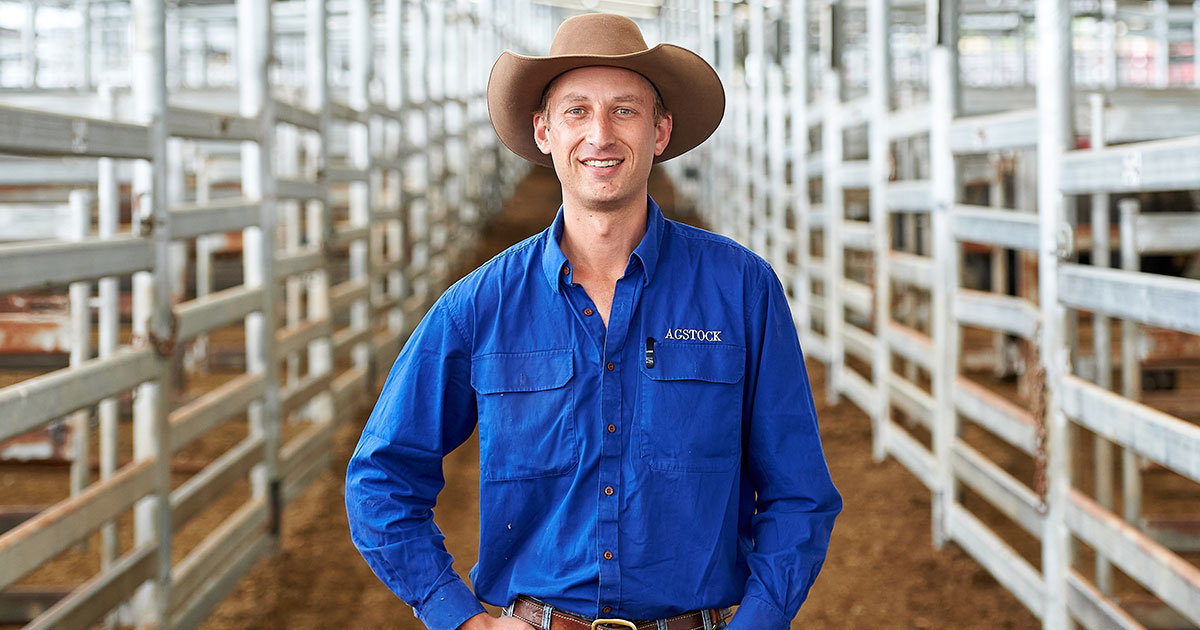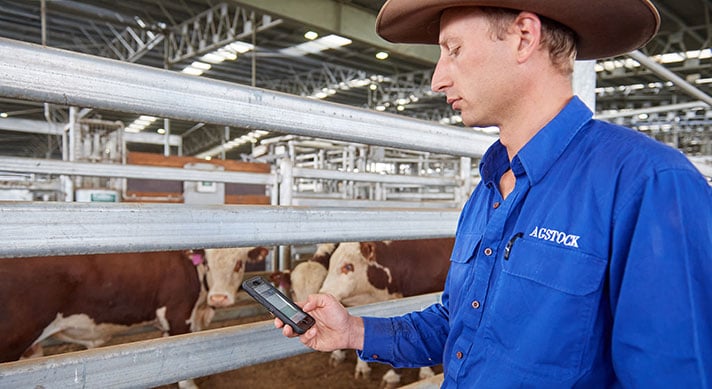The importance of your NVDs
10 May 2022
-Min Read
For more information regarding the completion of NVDs, visit the National Vendor Declaration web page for how-to guides and information on eNVDs.

